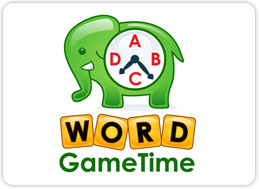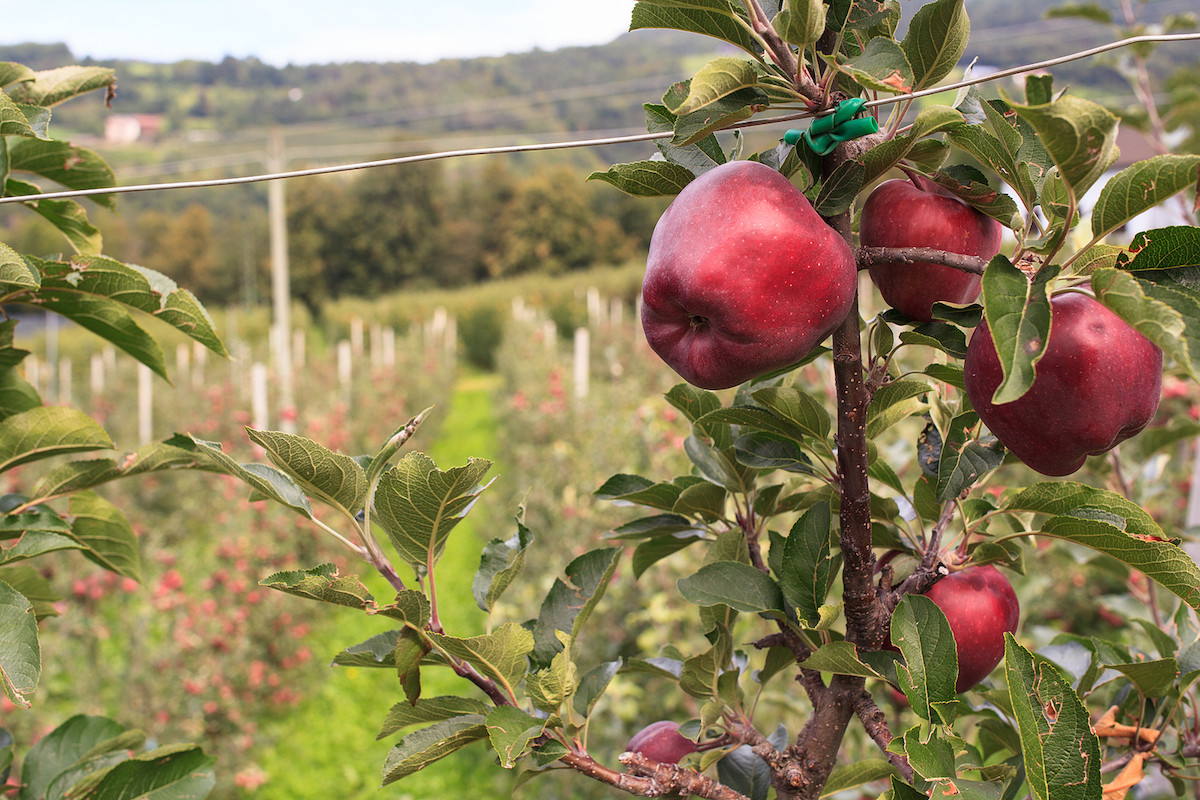
Preschool maths activities need to focus on number and measurement concepts. These concepts include addition as well as subtraction. A simple counting game is a good way to introduce addition or subtraction. Using pictures can help children visualize math problems. Each group should be counted separately before they calculate the total. This is their first introduction into addition and subtract.
Activities for teaching preschoolers maths
Preschoolers can begin to learn about numbers, shapes, and other skills from an early age. Tangrams can be used to help children develop their visual perception as well as their understanding of shapes. Puzzles can also be used to teach number concepts and geometry to young children. It's a creative and fun way to introduce numbers, shapes and can be used by children of all ages.
Problem solving is one math task that children find the most difficult. Children have a hard time visualizing problems and often resort to guessing operations instead of finding a solution. This is why it's so important for parents to give their children many opportunities to practice the skill.
Number concepts
Preschool maths teaches children how to recognize patterns in numbers. They will also be able to learn about the relationships between more and less, and how to arrange things. These early learning skills can help you to think critically and be creative in the future. In addition to maths' practical applications, prenumber concepts can also be used in order to improve spatial and cognitive acuity.

Number concepts can also be taught using a variety of physical objects. Wooden blocks, for example, are great choices for teaching preschool maths. You can also use rubber numbers or foam numbers. Magnetic boards and bath toys are other options.
Measuring
Introducing measurement in preschool maths can help children build vocabulary and develop their understanding of measurements. They can use the vocabulary to compare, describe, and think critically. They are also able to work with measurements in everyday life. This will help them prepare for the next level of maths learning. Here are some suggestions to help your preschooler get started.
Preschoolers are naturally drawn to hands-on activities. Start by explaining the concept that measuring can be done with simple objects. Encourage them to experiment with comparing and contrasting objects, before moving onto standard units. Children love to learn about measurements through play-based learning. This approach will give them purposeful opportunities to practice their skills while learning about measurement.
Geometry
Preschool children need to understand basic geometry concepts. This fundamental subject should be taught as a primary goal. Preschool maths curriculums should contain geometry. Here are some benefits of teaching preschoolers geometry. Preschoolers will be able learn the basics quicker.
- Number sense is a skill that your child can develop by learning the relationship between more and lesser. Your child's geometry knowledge will improve as they start to use shapes. First, teach your children how to identify different shapes. The names will allow them to communicate with others and help them learn about categories.

Music to help children learn mathematics
Music is a great way to help young children learn maths. Music is a powerful tool for helping young children develop rhythmic skills, which are essential to developing math skills. It helps young learners differentiate between sequences and patterns. Children can benefit from exposure to music in a variety of ways, including singing and playing instruments.
Music can be used to teach children how numbers relate. Students can learn about number combinations, counting, patterning, and measuring through music. It makes learning enjoyable and interesting.
FAQ
Is there a specific skill required for my chosen profession?
To become a lawyer you will need good writing skills. A nurse must have the ability to communicate well. If you want to become an accountant, you'll need excellent math skills. These are just a few of the many examples. Take a look at all the things that you love doing. What job type will you have that allows you to do those things? To become an engineer, you will need to be able to design structures and machine. To be successful in this area, you'll also need to understand basic math. A basic understanding of numbers and statistics is necessary to succeed in business. To be a successful teacher, you will need excellent communication skills. You need to be able help and teach others.
What is a vocational college?
Vocational schools provide programs that prepare people for a specific job. They can also offer training in specific skills and general education.
Vocational education has a significant role to play in society. It helps young people gain the skills they need to succeed. It ensures all students have access high-quality learning opportunities.
A vocational school provides a variety options for its students. They can choose from certificates, diplomas or degrees as well as apprenticeships, certificates, diplomas or degrees. Vocational schools provide both academic and practice-oriented subjects such as math and science, English and social studies.
What is the best way to start teaching early childhood?
You must first decide if you want to pursue a career in early childhood education. A bachelor's degree is required if you are interested in a career as an early childhood educator. Some states require that students earn a master’s degree.
You may also need to attend classes during summer months. These courses can be taken to learn about topics such as pedagogy and curriculum design.
Many colleges offer associate degree programs that lead directly into a teaching certificate.
Some schools offer certificates, while others offer bachelor's and master's degrees. However, some schools only offer diplomas.
Teaching at home may be possible without additional training.
What is a Trade School?
For those who have not been able to get a degree at traditional higher education institutions, trade schools offer an alternative route. These schools offer career-focused programs that prepare students for specific jobs. Students enrolling in these programs typically complete two years of coursework in a single semester and then enter into a paid apprenticeship program where they learn a job skill set and receive on-the-job training. Trade schools can include technical schools, community colleges and junior colleges as well as universities. Associate degrees are offered by some trade schools.
What is early education for children?
Early Childhood Education focuses on helping children grow into happy and healthy adults. This includes teaching children how to read and preparing them for kindergarten.
Early childhood education's goal is to help children learn through age-appropriate experiences.
Many early childhood educators are called upon to evaluate the developmental needs of every child they meet. This helps to determine if a program is right for each child.
Parents can also interact with teachers and other professionals with experience with young children through early childhood programs.
Parents play an important role in an early childhood education as well. They need to know how best to care for their children.
Parents can also join activities to teach their children skills that will be useful throughout their lives.
While preschool education is sometimes called early child education, the term is also used interchangeably to describe daycare centers. Prekindergarten education starts around three years ago, and early childhood education is similar.
What are some ways you can get scholarships?
Scholarships are grants awarded to help pay for college expenses. There are many types to choose from. These scholarships include:
-
Federal Grants
-
State Grants
-
Student Loans
-
Work Study Programmes
-
Financial Aid
Federal grants are made directly by the U.S. government. Federal grants are subject to certain conditions. You will need to prove financial need.
Each state offers state grants. These grants are not always based on financial need. Some states may offer them for specific reasons.
Banks and other lending institutions can issue student loans. Students typically borrow money to cover costs such as tuition and living expenses.
Work-study programs are designed to encourage employers to hire qualified students. Employers are required to pay employees at least minimum wage.
Financial aid can help families with low incomes afford college by covering all or part of tuition costs.
Statistics
- Data from the Department of Education reveal that, among 2008 college graduates, 92.8 percent of humanities majors have voted at least once since finishing school. (bostonreview.net)
- In most developed countries, a high proportion of the population (up to 50%) now enters higher education at some time in their lives. (en.wikipedia.org)
- And, within ten years of graduation, 44.1 percent of 1993 humanities graduates had written to public officials, compared to 30.1 percent of STEM majors. (bostonreview.net)
- Among STEM majors, that number is 83.5 percent. (bostonreview.net)
- They are more likely to graduate high school (25%) and finish college (116%). (habitatbroward.org)
External Links
How To
How do I apply for scholarships?
To apply for scholarship funding, first, make sure you qualify for it. Only those who meet the criteria for scholarship funding are eligible.
You can, for example, be granted a grant if the applicant is economically disabled. If you are enrolled in vocational training courses, you may be eligible for a work-study grant. You may also be eligible for a grant if you belong to a minority group.
Once you have determined whether you are eligible for a scholarship type, you can apply.
You can apply online, in person, or over the phone. The type of scholarship you are applying for will affect the process.
Some scholarships require you to submit essays about yourself and why you want the money. Some scholarships require you to write essays about yourself and why you want the money.
Most scholarships require you to fill out an application form and send supporting materials.
Your scholarship provider may review your information. If you are chosen, you will receive an email or postal notification.
Even if your application is not accepted, you may still be eligible to receive a scholarship. Contact your scholarship provider for details.